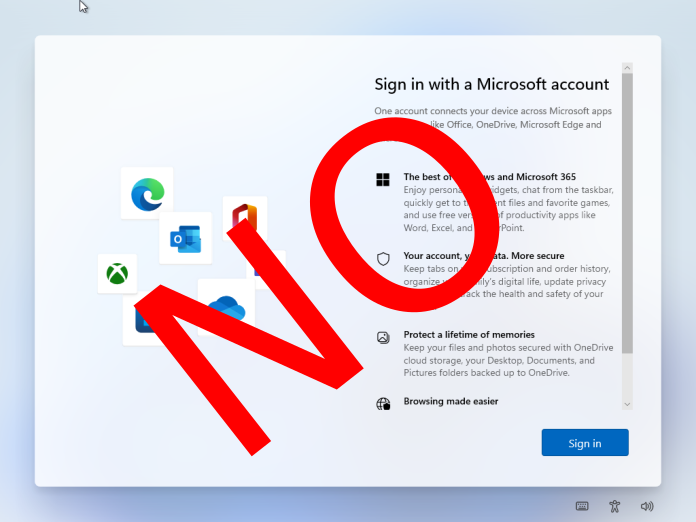Microsoft is trying really hard to get people to use a Microsoft account to log into Windows. Every edition of Windows 10 has made it more difficult to create a local user account during Windows Setup, and their newest operating system, Windows 11, is no different.
